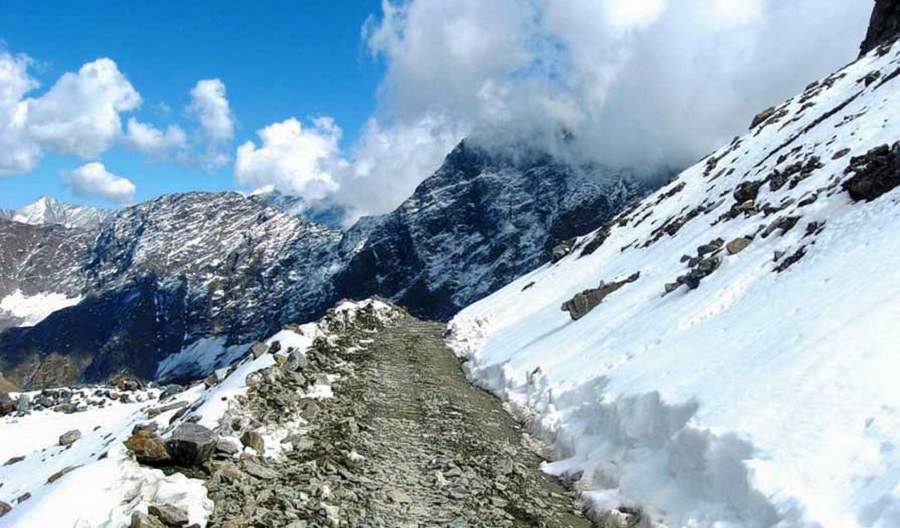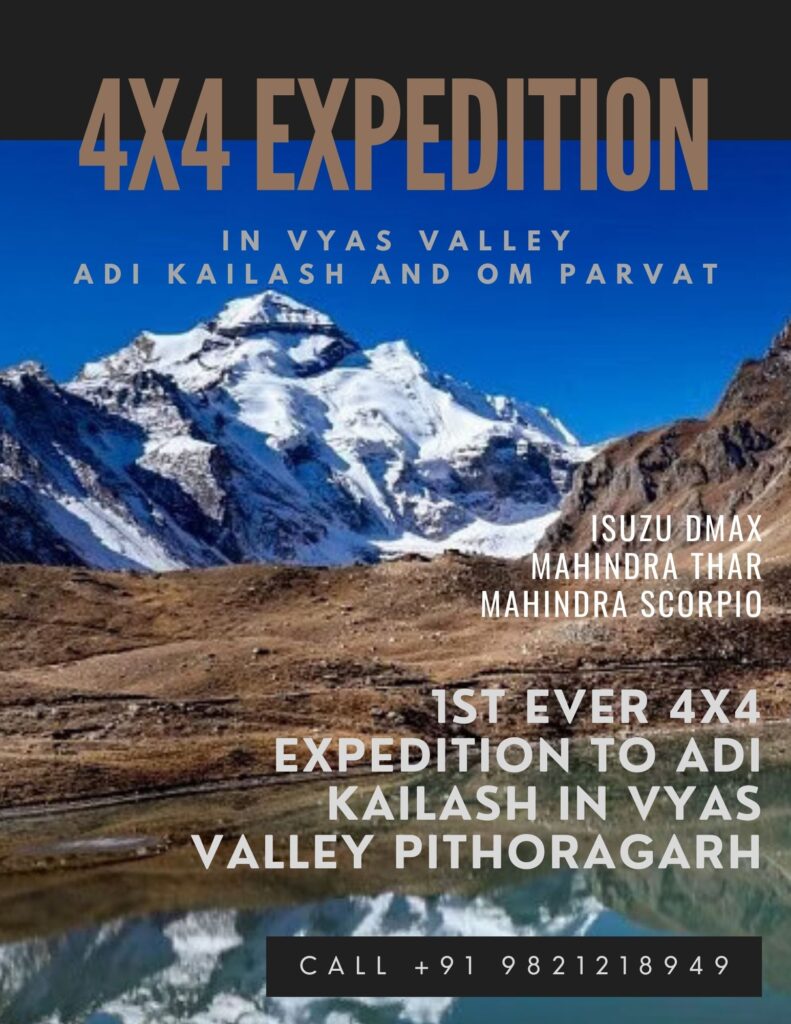Sach Pass trek is located in the Pir Panjal range of the Himalayas in the Himachal Pradesh district of Chamba. This steep pass connects the valleys of Lahaul and Pangi with the valleys of Chamba. Sach Pass is well-known since it is one of the oldest routes used by peasants to traverse from Chamba to Pangi Valley or from Pangi Valley to Chamba. Many hikers come to discover its wild beauty because of the adventurous treks and panoramic views.
Only a trained and knowledgeable guide can make the walk memorable. This hike will suit all of these purposes; the party will be mentored and led by a local guide who is well-versed in the region and trekking paths.
Highlights of the Sach Pass Trek
- Prepare for an 8-day, 7-night trip to Sach Pass, which offers a moderate to strenuous climbing track in Himachal Pradesh’s picturesque range.
- Throughout your trip, take in the snow-capped peaks of the majestic Himalayan mountain range.
- Walk through one of the oldest pathways used by people to cross from Chamba to Pangi Valley, making it a favorite trip among others.
- Enjoy freshly prepared meals while camping in the lush surroundings of the Sach Pass trek’s alpine peaks.
- Visit old temples, orchards, babbling streams, deep forests, and magnificent green scenery as you progress along the walk.
- Capture a panoramic perspective of Himachal Pradesh’s magnificent landscapes, peppered with the region’s wild flora and fauna splendor.
Quick facts about the Sach Pass Trek
Group Size: Min 2- Max 18
Weather: Nights are cold and the day temperature is pleasant during the season.
Temperature: Day (10°C to 15°C) (2°C to 5°C)
Available Dates: Send the inquiry to know the upcoming dates.
Difficulty Level: Moderate to Difficult
Total Trekking Sach Pass Trek: 60 K.M
Max-Altitude: 4550 mts/14925ft
When Is the Best Time to Visit Sach Pass Trek?
The pass is open from June-July to mid-October, however, September is the ideal month to visit. Although there is a good likelihood of seeing snow in June, the roads may be in poor shape. July-August is the time of heavy monsoon in the region, with high chances of land slides and cloud-bursts, so start your journey in September and finish before October, when temperatures drop below zero and not a single sign of human existence can be found.



